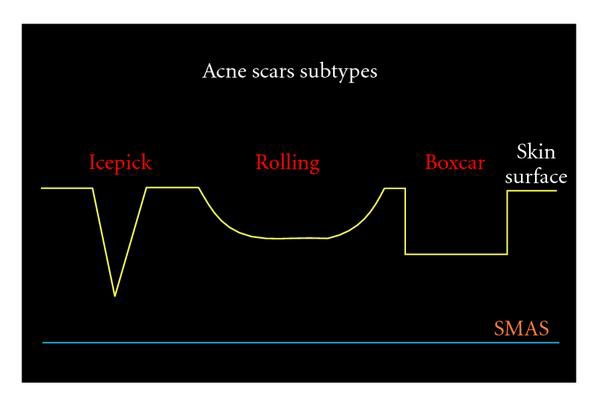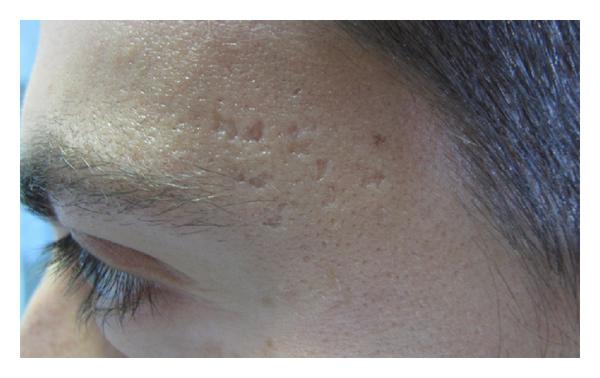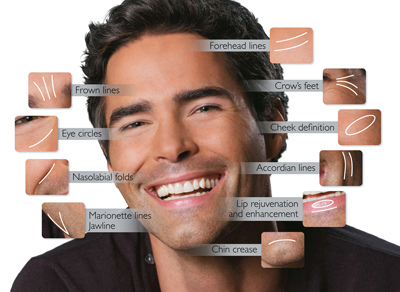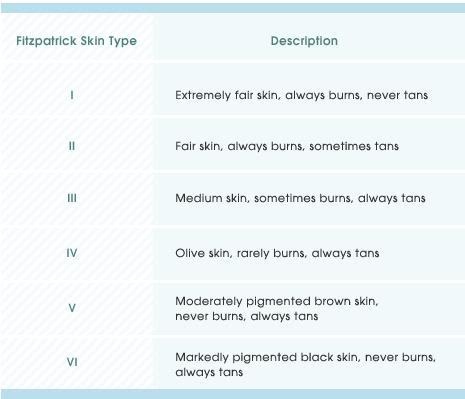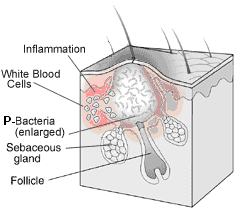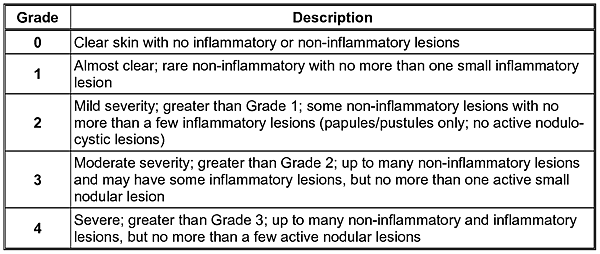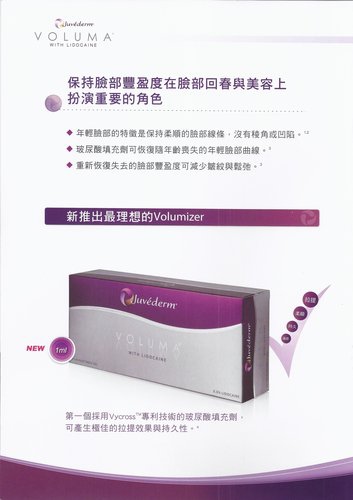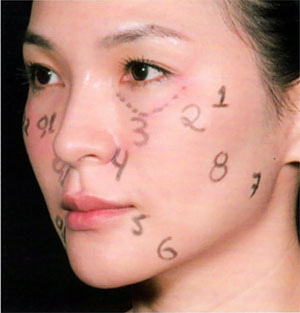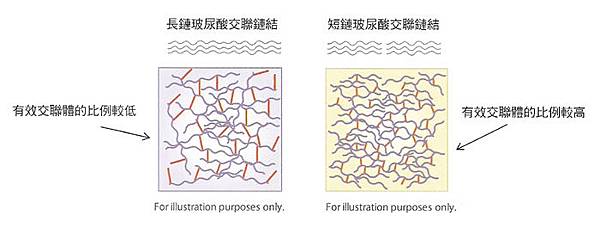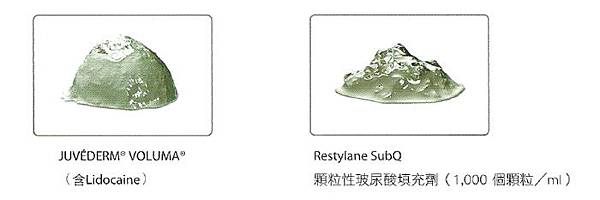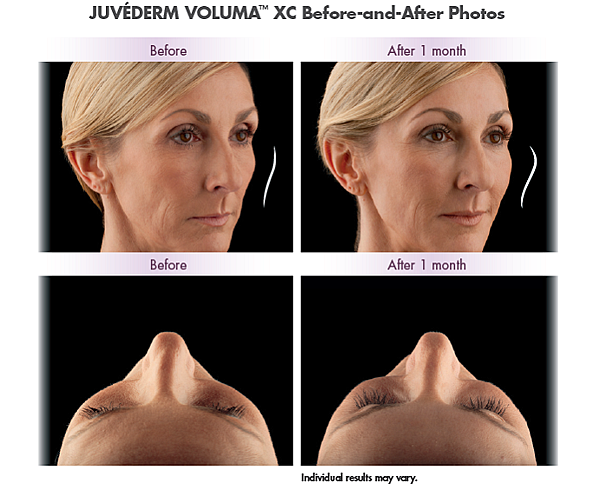

Autotransfusion with RBC and Platelet-Rich Plasma:Intraoperative Autotransfusion(1)
(http://www.nataonline.com/node/433)
Abbreviations
CPB:cardiopulmonary bypass
PRP:platelets poor plasma
IAT:intraoperative autotransfusion
IP:intraoperative plasmapheresis
RBC:red blood cells
A. RBC
1. BACKGROUND SUMMARY
Intraoperative autotransfusion (IAT) is defined as the reinfusion of patient blood salvaged during and after surgery. IAT plays an important role in the context of perioperative blood saving strategies, having assumed standard of care status for many surgical procedures <|[1-6]|>.
The principle of IAT is to continuously collect intra- or post-operatively shed blood from the operative field. The salvaged blood is aspirated from the wound site and collected in a dedicated reservoir. Under standard conditions, Red cells are subsequently Separated, Washed, Hemoconcentrated and Stored for subsequent retransfusion to the patient. Only Erythrocytes are saved and retransfused, thus simultaneous volume and plasma replacement has to be provided, especially after processing of large quantities of shed blood <|[4]|>.
In contrast to stored RBC, freshly salvaged autologous red cells show Uncompromized functional capacity, oxygen delivery to tissues and survival, indicating that IAT has no significant detrimental effects on erythrocytes <|[7, 8]|>. IAT is most effective when combined with other autologous methods, particularly with Pre-operative autologous blood donation, Acute normovolemic hemodilution or Adiuvant drug therapies <|[4, 9, 10]|>.
2. METHODS
2.1. CELL SEPARATION (WASHED BLOOD)
This technique is based on Centrifugation, Separating red blood cells (RBC) from the Lighter components and fluids, including plasma, saline and buffy coat (Cell saver, Haemolite, Haemonetics, Braintree, MA; <|[figure 1]|>. Before starting the procedure, the system has to be filled with 100~200 ml Heparinized saline (Priming), in order to Prevent cells from binding to membrane surfaces initiating Microaggregation, and to Diminish frictional forces and Damage to the cellular components <|[4, 8]|>. Blood released at the wound site is aspirated via a double-lumen suction catheter (80-100 mmHg), immediately anticoagulated (30,000 IU Heparin in 1,000 ml Saline) at the suction tip, and stored in a plastic cardiotomy reservoir, equipped with a microaggregate 120 m filter. When a minimum of 1,000 ml shed blood is collected, it is pumped into a rotating separation chamber (Latham bowl, 225 ml adaptable capacity), Washed with 1000~1500 ml Saline and concentrated. Whenever the extent or kind of surgical debris requires more extensive washing, processing cycles can be selected manually, and for emergency cases, washing can be skipped entirely. For pediatric patients, smaller centrifuges are available. As soon as the preset hematocrit is reached, the spinning separator chamber stops, and packed RBC, suspended in Saline solution, are pumped into an infusion bag, while the waste products are removed <|[4, 11]|>. After completion of each cycle, the bowl can be filled again for as many times as required. The Hematocrit of the final erythrocyte supension is regulated by an optical sensor in the centrifugation chamber, targeting 55~70% of packed cell volume <|[4, 5, 11-13]|>.
Modified cell separation can also be performed by passing collected blood repeatedly through a vortex mixing filter with longitudinal channels and microporous plastic membranes (Haemocell System 350, Haemonetics), under continuous washing with saline solution <|[8]|>. Apparently, this less traumatizing method seems to have minor detrimental effects on the shed blood, better preserving the function of red cells and platelets <|[8]|>. However, no comparative studies have been performed up to now.
A recently developed novel device (Continuous AutoTransfusion System; Fresenius, Bad Homburg, Germany; <|[figure 2]|> allows continuous blood processing instead of operating in batches or units <|[11, 14]|>. The separation chamber used in this model represents a blood channel in the shape of a double spiral (capacity approx. 30 ml). Blood is pumped into the inner loop, while the separation chamber rotates continuously. Substances of less density leave the spiral immediately at this point, while RBC are moved towards the outer spiral, being continuously washed with saline <|[11, 14, 15]|>. All steps are performed simultaneously, allowing immediate retransfusion, even of smaller amounts, of processed red cells. Because of the maintained rotation of the separation unit, RBC cannot remix with lighter particles (eg. fat2). Thus, this novel cell separator may be more efficient in clearing substances that have been difficult to remove with conventional methods <|[11, 14]|>.
Disadvantages of cell separators might be less obvious : time and human resources are required for the setup, and the disposable single-use sets are expensive. For cases when blood loss may not be sufficient to warrant IAT operation, simple and inexpensive collection bags are available, allowing temporary storage of shed blood until further processing.
2.2. SIMPLE AUTOTRANSFUSION (UNWASHED BLOOD)
Retransfusion of Unwashed, Filtered whole blood (Srensen, Solcotrans, Biosurge) has been a clinically acclaimed alternative, both in regard to costs, ease of use and effectiveness in returning shed wound blood <|[16-19]|>. However, these devices have primarily been designed for the salvage of slowly oozing blood rather than rapid hemorrhage <|[8]|>. With the evolvement of new generations of safe, fully automated and easy-to-use cell separators, the importance of simple autotransfusion has largely shifted towards the postoperative phase <|[4, 6, 20]|>.
<|[Table I]|> summarizes typical properties of simple autotransfusion vs. cell separation devices <|[4]|>.

